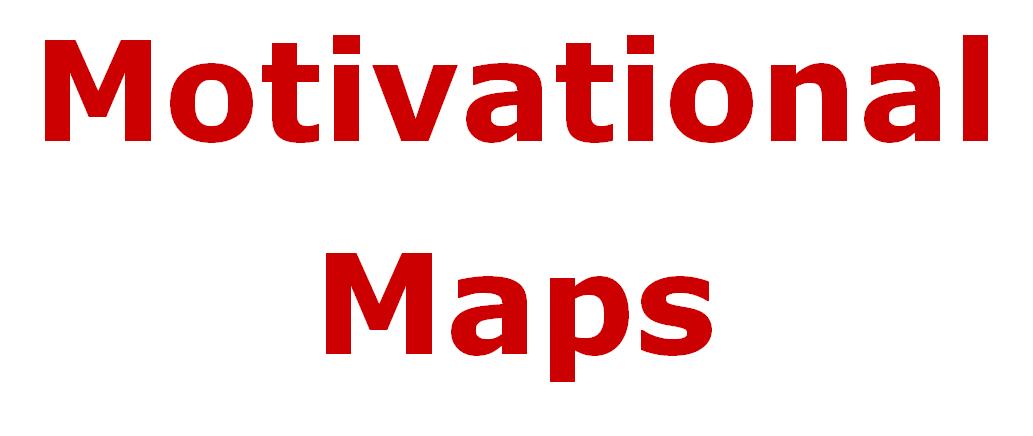We are delighted to announce a new collaboration with executive search company Campbell Black. The aim is to combine Campbell Black's insights into technology and high growth companies' recruitment processes with SJ Associates's business coaching expertise. An early fruit of this collaboration is the launch of a research study based where we interviewed 25 of the most successful CEOs and HR leaders on how hiring has helped them scale technology related businesses. What business leaders told us went a long way to de-bunk many of the myths of recruitment and this is a theme we will return to in future research. Here is the first chapter of the resulting ebook.
First Who, Then Woo
Rob Symes
Recruitment
research – how to hire the best people
Introduction
The reason
you’re talking to me, along with all these other people… is because there’s a
huge difference between our very best performers and everyone else. If you take
a long hard look at productivity, you’re seeing what easily amounts to a 300
percent difference. In fact, it’s probably a five-to-one gap.
Where else
was I encountering some version of that five-to-one test?
The answer:
Everywhere.
George Anders. The Rare Find
So many corporations, companies
or start-ups proclaim the same thing:
“ABC is a leading company in the
XYZ industry and we only hire the best people.” “People are the most important
part of our business. It’s all about hiring A players.”
Unfortunately most companies
don’t hire the best. Most companies compromise: they hire the available, the
out of work, the keen, the desperate, the almost resumes and the just-about CVs
because it’s just so much easier. On the surface, the reason they exaggerate is
obvious: Money and reputation. Mediocrity in recruitment is easy.
The paradox is that we know that there are people, as George Anders says,
who are “five-to-one” candidates, the candidates that are five times better
than their average competitor or teammate. This is not an alien concept. People
often tell me how far ahead their top performers are. However, they miss that
once you understand the five-to-one standard it should change your perspective.
Now, bad candidates or average hires aren’t the worst enemy. The most serious mistake is not hiring a candidate
capable of the five-to-one standard.
Referrals,
Referrals, Referrals
1) 91% of
participants believe the most effective sourcing methods are personal
connections or referrals.
2) 83% of
participants ask for referrals only when they have a “direct need.”
Toby Hunt, the Co-founder of Pebble Code, guided me through their
trendily dilapidated offices in Vauxhall full of beanbags, Swiss balls and
murals and surprised me within ten minutes.
He estimated the eight-month
search he just completed for the right developer cost the company eighty
thousand pounds in lost revenue. Pebble Code, a 15 person, software and application development
company, is not alone. For Innovative technology companies failing to
locate talent is not just frustrating but expensive.
Although online and digital sourcing appears initially attractive,
ninety one percent of participants believed that personal connections and
referrals were the most effective method of sourcing top candidates. However,
Michael Reynolds, the former CTO of Intrasonics, summed the problem up when he
said, “by far the best method is my own network and referrals. The only problem
is that the best people are never available.”
Like Reynolds, many participants’ networks yielded an insufficient
number of applicants or individuals who were otherwise engaged. Unfortunately,
this led them to pursue other sourcing methods that were considerably less
effective and often compromised the quality of candidate.
This problem is not that the
participants asked for referrals. The problem is that they asked too late and
too infrequently. Asking for referrals only when you have a need is like asking
for water after you’ve died from thirst. Too many executives try to
solve diverse and difficult recruiting requirements with easy and immediate
solutions.



No comments:
Post a Comment